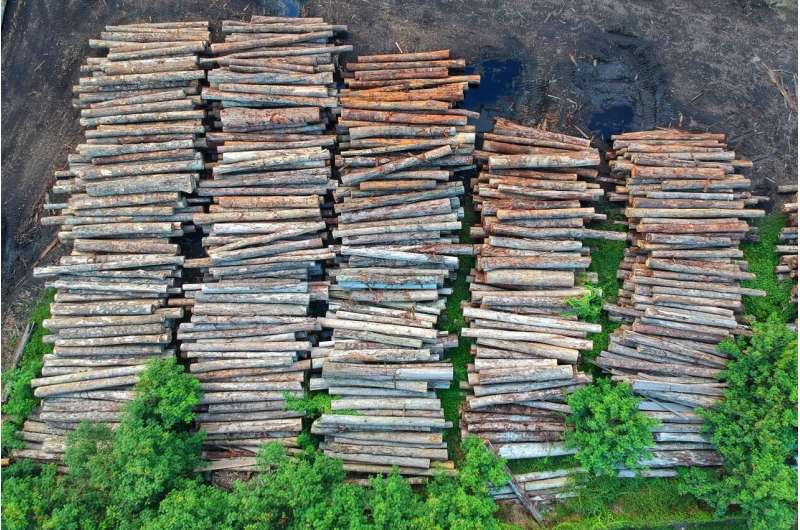Roads less traveled multiply deforestation in the Amazon and beyond

James Cook University-led research has revealed secondary roads branching from major highways in tropical forests linked to extensive deforestation across the Brazilian Amazon, the Congo Basin, and New Guinea. Findings demonstrate that first-cut roads, initially constructed in undisturbed forests, lead to a proliferation of secondary roads, significantly increasing access to remote areas and accelerating forest degradation.
Tropical forests face widespread environmental threats from road expansion. Previous research established that roads enable human incursion, break up ecosystems, and intensify deforestation through land clearing, fires, and illegal resource extraction. The role of secondary roads in amplifying these effects has remained poorly quantified, leading to gaps in environmental impact assessments and conservation strategies.
In the study, "Explosive Growth of Secondary Roads is Linked to Widespread Tropical Deforestation," in Current Biology, researchers conducted a network analysis using high-resolution satellite imagery and a modified location-allocation model to identify road expansion patterns. Travel-cost modeling was incorporated to assess human access and road-induced forest degradation.

Data from 92 first-cut roads in the Amazon, the Congo Basin, and New Guinea provided insight into the scale of human impacts caused by secondary road networks. Satellite imagery and location-allocation models identified road expansion patterns in these forested regions.
Network analyses estimated travel times from first-cut roads to assess road development patterns and human impact zones. A classification of direct, indirect, and secondary impacts was applied to separate the environmental consequences of each road type. High-resolution spatial data on land cover changes from 1982 to 2021 assessed deforestation and degradation.
For every kilometer of first-cut road, 49.1 kilometers of secondary roads formed in the Brazilian Amazon, 9.8 kilometers in New Guinea, and 4.8 kilometers in the Congo Basin.
Secondary roads accounted for forest loss and degradation rates that were 31.5 times greater than first-cut roads in the Congo Basin, 22.2 times greater in New Guinea, and 305.2 times greater in the Brazilian Amazon.
Total human impact footprints of first-cut roads reached up to 1,923 hectares per kilometer in the Brazilian Amazon, 272 hectares in New Guinea, and 186 hectares in the Congo Basin.
Extensive road expansion trends emerged in region-specific patterns. Widespread secondary road networks in the Brazilian Amazon are often linked to government-sponsored land colonization projects. Logging and industrial plantations contributed to secondary road expansion in New Guinea, while selective logging in the Congo Basin resulted in lower rates of secondary road-related deforestation.
Environmental impact assessments failed to account for the full scale of road-induced deforestation. Impacts extended up to 68 kilometers from first-cut roads in the Brazilian Amazon, compared to 17.7 kilometers in New Guinea and 35.9 kilometers in the Congo Basin. Excluding secondary roads from impact assessments caused models to underestimate deforestation zones by over 90%.
Conservation policies and infrastructure planning require adjustments to mitigate the deforestation caused by expanding road networks. Large-scale infrastructure projects such as China's Belt and Road Initiative and African development corridors pose significant environmental risks if secondary road expansion remains unregulated.
Findings indicate a need for stricter impact assessment protocols and improved conservation planning to reduce long-term forest loss.
More information: Jayden E. Engert et al, Explosive growth of secondary roads is linked to widespread tropical deforestation, Current Biology (2025).
Journal information: Current Biology
© 2025 Science X Network




















